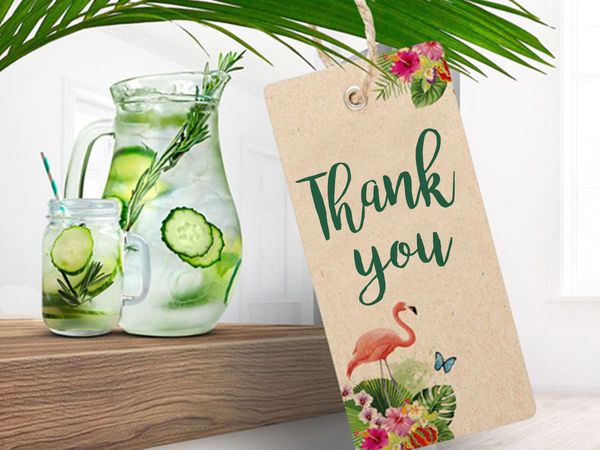White never goes out of fashion. It works with every season and all occasions, looking equally stylish on a simple T-shirt as it does in a smart button-down. However, this classic colour has a downside – it’s more susceptible to showing up stains and dirty marks than darker shades.
If you’ve ever lost sleep at the thought of red wine or ragu ruining your favourite white clothes, then you’re not alone. Whites can also fade or yellow over time, going from sparkling bright to fifty shades of grey if you don’t take care of them. Thankfully, there’s an answer to both of these problems. If you’ve ever wondered how to get stains out of white clothes while keeping them looking fresh, bright and as good as new, then you’ve come to the right place.
Stain Removal
If there’s a stain, there’s almost always a remedy out there for your white clothes. It’s best to act fast and get working at the earliest opportunity and be sure to check the wash care label on your clothing before you get started.
It’s also important to remember that marks left by different substances naturally have different solutions. Your first job is to identify what caused the stain. For example, if it’s an oil-based stain, you’ll want to start with a dry paper towel, whereas if it’s not oily, the first step is often cold water. You’ll also need a few cleaning essentials:
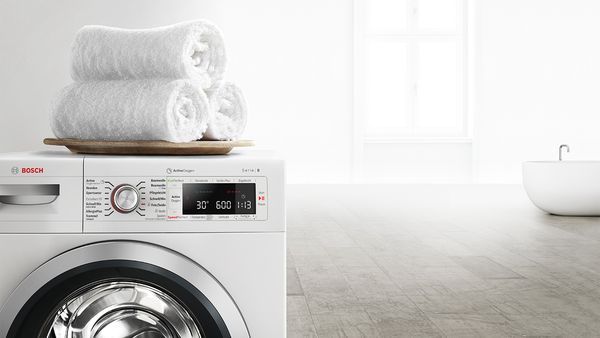
Washing Machine
Where would we be without our friend the washing machine? When it comes to keeping our clothes clean and fresh and our white garments crisp and bright, a good quality washing machine is indispensable.
Even where we suggest tackling a particular stain by hand, our cleaning process almost always ends with a machine wash. Your washing machine is arguably one of the most helpful and labour-saving appliances in your entire home.
Not all washing machines are built equal, though. Look for innovative appliances with features like silent and eco-friendly modes, programmes to reduce bacteria and remove allergens, and sensors that automatically manage detergent doses for you, which is very important for keeping your clothes, including your whites, in good-as-new condition.
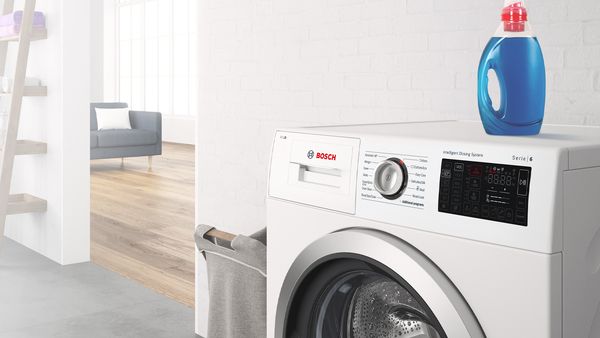
Water
As we said above, as long as the stain isn’t oily or greasy in nature, cold water is often an excellent place to start. Non-oily colours include substances like blood, perspiration stains, toothpaste, food (without oils) and dirt. Try holding the clothing under your cold tap as it’s running and flush out the colour.
Clean cloth
It’s always helpful to haStaive a clean cloth to hand. Dry paper towels are also vital for oily stains for an initial dabbing, and you’ll want to use cotton swabs for spot cleaning with substances like bleach. Common oily stains are things like mascara and lipstick, butter, oil-rich foods and grease.
Laundry detergent
Detergent isn’t just for putting in your washing machine. You can also use it to help with a variety of everyday stains on white clothing, including grass, jam and ketchup. Simply pour a small amount of detergent directly onto the stain and leave it for five minutes, before rinsing it clean under a cold tap. You can then wash the item as usual.
As an alternative, you can also try making a paste out of regular dry detergent and water, dabbing this onto the stain, and leaving it overnight.
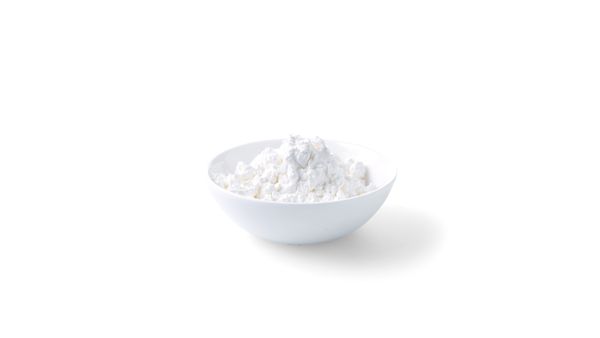
Stain Removers
As well as detergent, you’ll also be able to find dedicated stain removers at your nearest supermarket. These can come in spray, liquid and powder form, and there are several different types available. These include products designed specifically for white fabrics – so always read the instructions carefully before applying to your clothes.
Ammonia
An alkaline solution is excellent for oil, grease and dirt stains. Ammonia can be used in a similar way to bleach – either for careful spot cleaning on white clothes or to add to your regular wash. You can also mix ammonia with turpentine to make a cleaning solution.
Ammonia is particularly good at cleaning stains caused by bodily fluids, like blood, urine and sweat. Use a sponge dipped in ammonia to dab before washing the items as usual. Always use rubber gloves when using ammonia and ensure the room is well-ventilated.
Baking soda
A natural cleanser, baking soda is also known as sodium bicarbonate and is technically a salt. How to make whites whiter with baking soda? Try using it to create a stain-removing paste by mixing a tablespoon with water, or alternatively mix it with hydrogen peroxide or white vinegar. As well as spot-cleaning, you can also add baking soda to a regular wash or soaking clothes in water with baking soda overnight.
DIY cleaning fluids
It’s possible to make a homemade cleaning agent using everyday dishwashing liquid and hydrogen peroxide. This can be used in a spray bottle directly on stains before rinsing or for soaking white clothes with stubborn stains. An alternative recipe follows the same guidelines but adds two teaspoons of castile soap and lemon oil for added fragrance. This is a solution for red wine stains, especially after they have been treated with a splash of their arch-nemesis white wine and then dabbed dry. It’s also suitable for everyday stains like dirt, mud and grass.
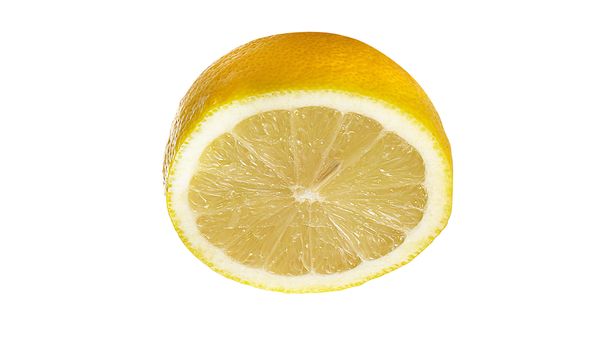
Natural stain removers
Suppose ammonia and bleach sound a little extreme. In that case, there are some brilliant natural remedies out there for removing stains and keeping your whites sparkling clean.
White vinegar
This is great for a wide range of stains, including blood, sweat, and any general yellow marks on white clothes. Try gently rubbing the vinegar onto the stain before putting it straight in the wash. White vinegar can also be mixed with baking soda.
Salt
A surprisingly effective stain removing remedy, salt can be added to cold water to create a soak for white clothes. Leave for four hours, add detergent and then wash as usual. It is also very good at soaking up fresh red wine stains.
White chalk
Another surprise addition, white chalk is excellent for spot-cleaning oily stains by hand. Just remember to be gentle.
Lemon
Naturally acidic, lemon can be mixed with equal parts water to help remove perspiration stains on the underarms of white clothes. Lemon juice can also be added to a standard wash to refresh the fabrics, and it’s excellent at lifting rust stains from whites when mixed with salt.
Bleaching white clothes
Bleach can help whiten, brighten and remove stains, but it can also seem a little daunting to work with. There are also different types of bleach and it’s possible to damage clothes if they’re misused. So, what does bleaching white clothes really mean and how is it done?
Firstly, always check the care label on your clothing. If it says, ‘no bleach’, then forget this option altogether and try one of our other remedies. If bleach is allowed, follow these simple steps for how to bleach white clothes:

• Choose the right bleach for the job – oxidising bleaches or colour-safe bleaches (such as hydrogen peroxide) are kinder to fabrics. In contrast, chlorinated bleaches are much more robust and can damage colours. This isn’t a problem with whites of course, but chlorine bleach still needs to be handled with care. It will often indicate on the fabric label which type of bleach can be used (if any).
• Once you have bleach, test a tiny patch of fabric (ideally in a non-visible location such as under a collar) to make sure the bleach isn’t going to harm it. If all is well, continue.
• For nasty stains, you can spot clean it with bleach by dabbing the reverse of the mark with a cotton swab dipped in bleach. Then wash as usual. Always wear rubber gloves and eye protection when spot cleaning with bleach.
• For general whitening of whites and the removal of light staining or fading, you can also add bleach to a regular wash. Check the manufacturer’s guidelines for how much to add, as well as the labels.
• To whiten white clothes that have yellowed, try mixing oxidising bleach and cool water and soak the faded whites for four hours, or overnight, before washing usually.
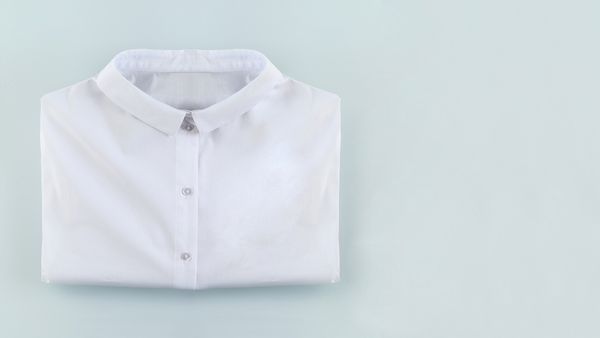
Things to avoid when trying to remove stains from white clothes
There are also a few don’ts to be mindful of when treating stains on your whites. These include:
• Never use chlorinated bleach on yellow stains, as it could make them worse.
• When rubbing a stain with a cloth never use dark material, as it could transfer some of its colours to your whites.
• Don’t mix oil and water. If the stain is oil-based, don’t add water, as it will be repelled and could cause the mark to settle. Instead, use a dry paper towel.
• Avoid ironing or machine drying a stained item, as the heat will make the stain set.
• Never mix ammonia and bleach, as it causes toxic fumes.
• Don’t use hot water on a stain, if you don’t know what caused it. If it’s protein-based, the heat will make it worse
Tips for keeping your whites white
From pro tips for washing whites to general laundry advice, we’ve got everything you need to become king of the cleaners.
Always wash whites separately
One of the golden rules! It may be tempting to toss all your clothes into the washing machine in one go, but doing so will dull white clothes over time. Why? Coloured garments lose some of their dye during the washing process, which then transfers onto white fabrics. Even if this doesn’t cause a noticeable stain, every time this happens it will further fade your whites. For this reason, only launder white items together at all times.
Wash whites proactively
Don’t let everyday dirt and perspiration marks build up. Wash your whites after every two wears to ensure you’re cleaning your clothes before they get dirty.
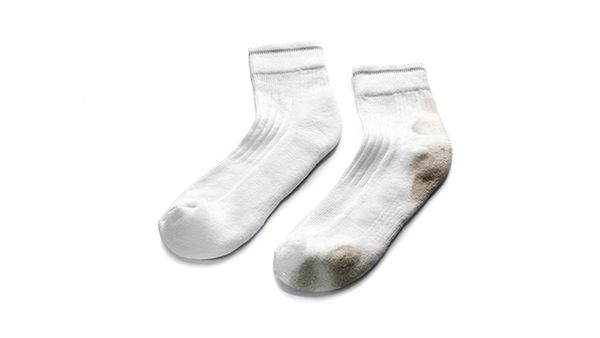
What temperature to wash white clothes
It depends on how dirty the fabric is and what kind of clothing item it is, as different types of clothing have various recommendations. As a general rule, higher water temperatures are considered to be more effective at removing stains from white. But always check your clothing label first.
Tackle stains on white clothing fast
Always get to work on a stain immediately to avoid setting it during the washing process.
Get the dosage right
Less is always more when it comes to laundry detergent and washing white clothes. Excess detergent and fabric softener can cause a residue to form on fabrics, attracting dirt.
Look for innovative washing machines that detect the fabric type, load volume and stain level of the laundry load. These dispense the precise amount of liquid detergent needed. It’s worth investing in quality when it comes to your washing machine (and sparkling whites!).
Consider optical brighteners
There are detergents available that contain optical brighteners, which help make fabrics appear whiter than they actually are. The brighteners bend UV light waves to showcase blue light, minimising the amount of yellow light your eyes see, which in turn make fabrics appear whiter.
Consider natural alternatives
There are lots of good, natural alternatives when it comes to remedies. A cup of lemon juice has natural bleaching elements, and also helps your clothes smell fresh if you add it to the wash cycle. You could try swapping fabric conditioner for white wine vinegar – as it helps naturally cleanse fabrics of detergent residue.
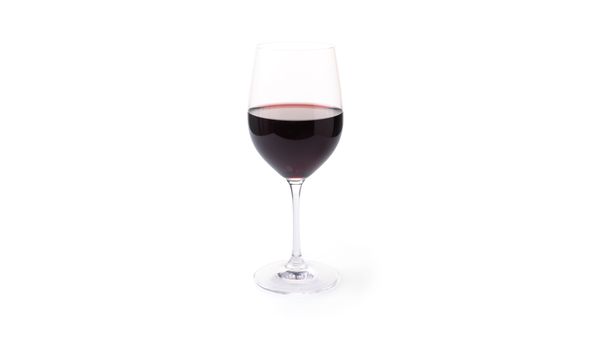
White wine versus red
Which one do you prefer? If you’ve splashed red wine on your white shirt, quickly pour white wine over the stain, then use a paper towel to gently dab the area. White wine won’t altogether remove the red mark. Still, if you then wash the item, it should come out much more quickly.
Immediately rewash clothes if you spot colour bleeding
Colour bleeding (or colour run) is when colour transfers between items in the load, such as a red sock turning a white shirt pink. How to remove the colour run from white clothing? Start by quickly locating the offending clothing item and putting it to one side. Then, rewash your white clothes immediately, as it’s much easier to get the stains out when they’re still fresh.

Don't overload your washing machine
If your washing machine looks ready to explode with clothes, maybe take a few items out and give everything room to breathe! Detergent loosens dirt and grime on clothes, but there needs to be enough space between things and enough water, to really give your items a thorough clean. Your appliance will also perform better and more efficiently if it’s not overloaded – it’s better for your whites and your energy bill.
Hang white clothes in the sun
Did you know the sun’s rays have natural bleaching properties? As a result, hanging out your white clothing can keep it bright in an eco-friendly manner.
If you do use a dryer, choose a low heat
Beware high heat in your dryer as it can singe fabrics, so be sure to follow directions on individual clothing labels. We always recommend using a lower heat setting and taking the clothes out of the dryer when they’re still a little damp, to allow them to dry naturally.
Keep your washing machine clean
Our washing machines keep our clothes clean, so it’s equally important to do the same for them. Every few months, run a wash program which operates at 90℃ with an empty load and add in some bleach. Some washing machines also come with a ‘drum clean’ setting to eliminate odour and germs.
A Final Note
With our simple tips, difficult stains and dirty marks will never make you leave your white shirt on the clothes hanger again. You can keep your whites looking crisp, clean and brand new for longer by following our advice too.

